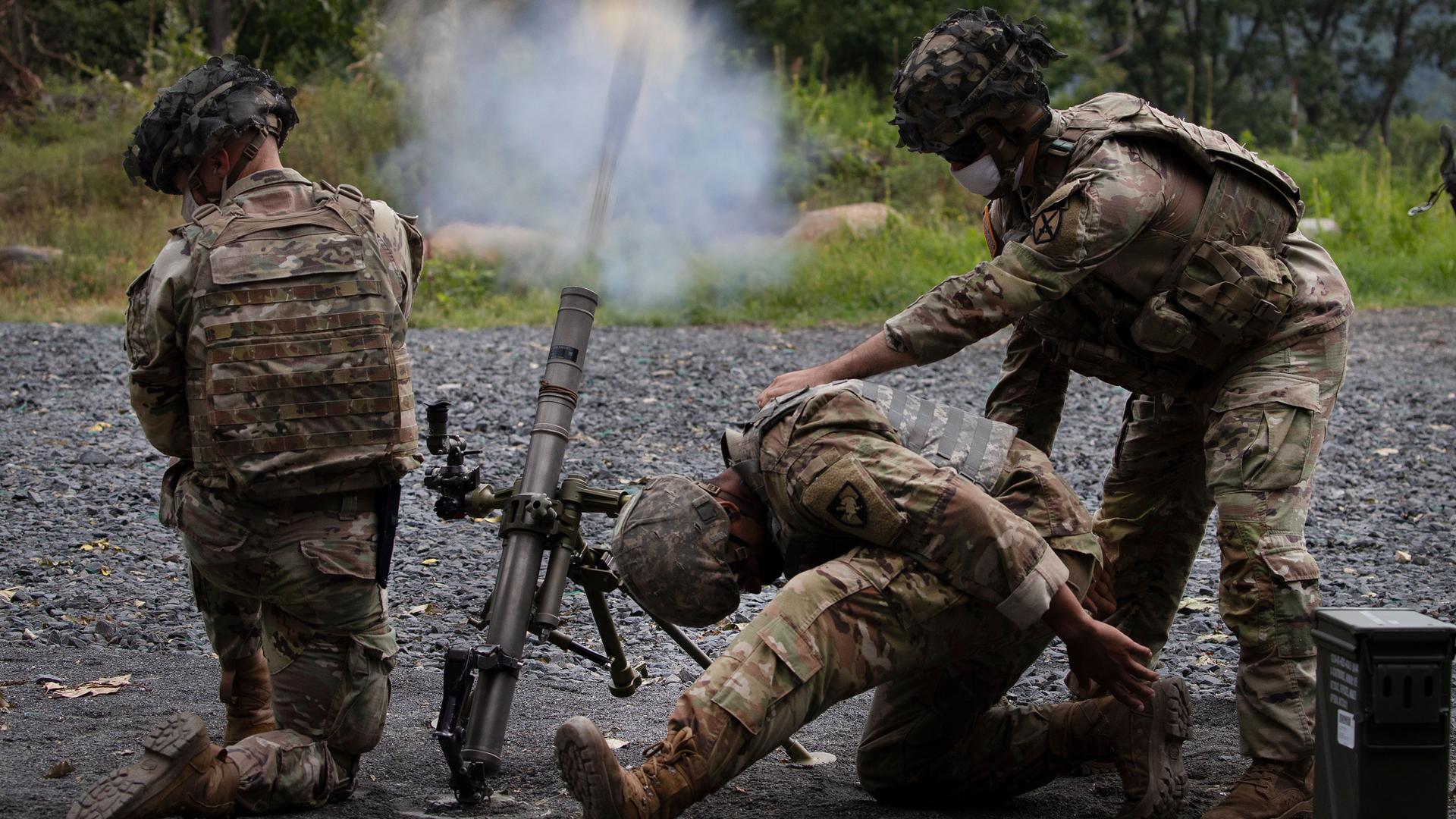How to train your dragoon: Part I
This analysis was featured in Critical State, a weekly foreign policy newsletter from Inkstick Media. Subscribe here.
Loathe though they are to admit it, militaries are, at their core, social constructions. There is nothing natural about pulling people who share nothing but a country into a highly hierarchical environment where they must subordinate their own self-preservation to the goal of killing people in a similar situation from another country. To make it happen, therefore, militaries spend a lot of time thinking about how to train people to be effective in their strange roles as cogs in the violence machine. This week and next on Deep Dive, we’ll read new research on how that training actually works.
Related: Externalities of intervention: Part I
One of the contradictions inherent in training people for military service is the need to train them to both inflict violence and restrain their infliction of violence. A soldier needs to be able to kill, but also needs to know how to be judicious in who they kill, both to avoid committing war crimes and to ensure unit discipline. Teaching people where the line is and how to walk it is difficult — indeed, some think that it is basically impossible. Yet it is one of the major goals of any form of military instruction. Recently, one political scientist decided to try and measure how it’s going.
Andrew Bell has a new article out in the Journal of Peace Research that attempts to quantify how the major officer training institutions of the US Army inculcate norms of restraint in combat. Specifically, Bell investigates whether the Army’s attempts to socialize officers into the norms of civilian protection and the rules of war. Socialization involves classroom instruction on the principles and methods of restraint, but it also encompasses the system of career punishments and rewards, which are enforced based on the extent to which officers exercise restraint. If cadets spend their time learning about restraint from people who have been promoted despite not practicing it, the lesson might not sink in.
Related: Externalities of intervention: Part II
For Bell, the process of socialization is shaped by a set of trade-offs he calls the “combatant’s trilemma.” The trilemma is simple — when the military decides to use force, it generally can prioritize at most two of the following three values: Military effectiveness, force protection, and civilian protection. To illustrate, let’s say that a military unit learns that there is an enemy outpost next to a civilian house. Maximum military effectiveness means that the unit eliminates the enemy outpost. Maximum force protection means that no one from the unit is harmed. Maximum civilian protection means that none of the civilians are harmed.
Accomplishing all three is, at best, challenging, but accomplishing any two is fairly straightforward. If you prioritize force protection and military effectiveness, you just call in an airstrike on the enemy outpost and cross your fingers that it doesn’t hit the house. If you prioritize civilian protection and military effectiveness, you send your troops into the outpost to engage in close-quarters combat that will endanger them but will prevent violence from spilling over into the neighboring house. And if you prioritize civilian protection and force protection, you do nothing — the enemy outpost is still there, but all your troops and all the civilians are fine. One of the goals of norm socialization is to make officers include civilian protection in the priorities they balance rather than simply air-striking every outpost, no matter the neighbors.
How is the US Army doing in socializing its cadets into restraint norms? Fairly well — sort of. Bell conducted a survey of West Point and Reserve Officers’ Training Corps (ROTC) cadets, asking them their beliefs about which tradeoffs in the trilemma are justified and when. As freshmen, all of the cadets hold fairly similar views. They are more likely than not to agree that killing a civilian to save a soldier is justified, but to disagree that killing a civilian to accomplish a mission is acceptable.
After four years of intense military socialization, most of them increase their prioritization of civilian protection in the trilemma. Seniors at West Point and in ROTC programs are significantly less likely than freshman to approve of killing civilians to accomplish a mission, and West Point seniors go from being broadly in favor of killing civilians to save soldiers to being broadly opposed to it. ROTC cadets, strangely, show no change over 4 years in their willingness to kill civilians to save soldiers. Similarly, four years at West Point significantly raises seniors’ willingness to risk unit safety to limit risk for civilians, while that willingness is basically unchanged among ROTC cadets.
Bell also conducted the survey with civilian students, just to be sure that he wasn’t just measuring the difference between being 18 years old and 22. Civilians’ preferences stayed stable over their college careers. Therefore, Bell argues, the survey is measuring the effects of military socialization on cadets’ embrace of restraint norms. If so, the news from the survey is mixed at best. On one hand, it does seem possible to move people’s norm preferences toward civilian protection, at least early in their careers. On the other hand, maximizing that movement appears to require the most intense and expensive form of socialization the US Army has for young prospective officers: four years on the Hudson largely disconnected from civilian life.
Critical State is your weekly fix of foreign policy without all the stuff you don’t need. It’s top news and accessible analysis for those who want an inside take without all the insider bs. Subscribe here.
